In the competitive world of job applications, a well-crafted cover letter can be your secret weapon. It’s your first opportunity to make a lasting impression, showcasing not only your skills and experience but also your personality and enthusiasm. A cover letter isn’t just a formality; it’s a powerful tool that can significantly increase your chances of landing an interview. By understanding its importance and mastering the essential components, you can create a cover letter that truly stands out.
Understanding the Power of a Cover Letter
The power of a cover letter lies in its ability to provide context and personality to your application. While your resume lists your qualifications, your cover letter tells the story behind them. It allows you to explain why you’re interested in the specific role, why you’re a good fit for the company culture, and what unique value you can bring. A well-written cover letter demonstrates your communication skills, attention to detail, and genuine interest, setting you apart from the countless other applicants who might be submitting a generic resume.
Why a Cover Letter Matters
A cover letter matters because it’s your chance to make a personal connection with the hiring manager. Resumes are often scanned quickly, but a cover letter encourages a more in-depth read. It allows you to articulate your career goals, explain any gaps in your employment history, and highlight specific achievements that align with the job requirements. In many cases, it’s the cover letter that secures you an interview. Moreover, a strong cover letter shows that you’ve taken the time to understand the company and the role, which is a sign of your seriousness and commitment.
The Cover Letter’s Role in the Application Process
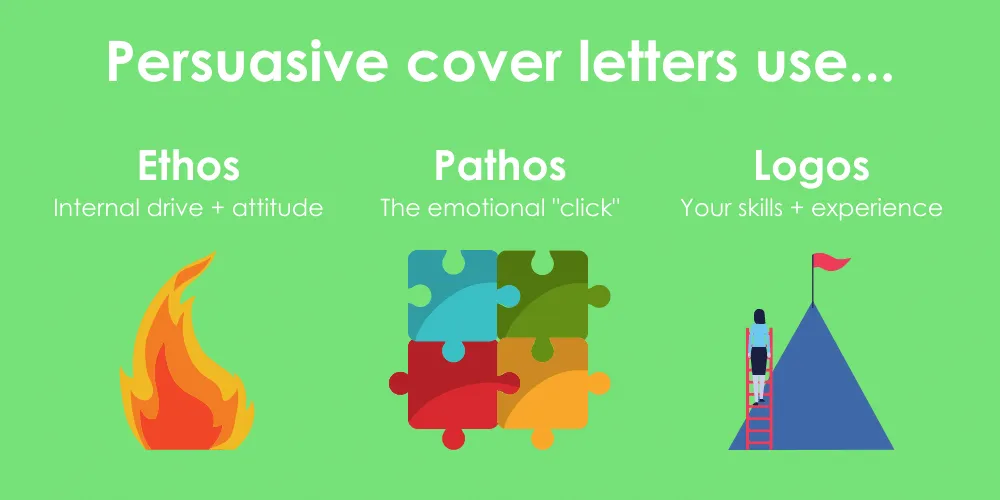
In the application process, the cover letter serves as your introduction. It complements your resume by providing a narrative that explains your qualifications. It bridges the gap between your past experiences and the requirements of the job. The cover letter sets the tone for your application, giving the hiring manager a first impression of your communication skills, professionalism, and personality. It is your opportunity to make a memorable first impression and persuade the hiring manager to delve deeper into your qualifications by reviewing your resume.
Essential Components of a Killer Cover Letter
A killer cover letter includes several key components. First, a clear and concise header with your contact information and the date. Following this is the recipient’s information, including the hiring manager’s name (if you know it) and the company’s address. Next, the salutation sets the tone. The opening paragraph should grab the reader’s attention and state your purpose for writing. In the body of the letter, highlight your key skills and experiences, showcasing your accomplishments and demonstrating your value proposition. The closing paragraph should express your enthusiasm, reiterate your interest, and include a clear call to action. Finally, always proofread for errors.
Header Section: Your Contact Information
The header section is the first thing the hiring manager sees, so it’s essential to ensure it’s clear and professional. Include your full name, address, phone number, and email address. Make sure the email address is professional and appropriate for job applications. The header should be formatted consistently with your resume. Consider using a simple, clean design that is easy to read and doesn’t detract from the content of the letter. This section is crucial for allowing the hiring manager to easily contact you for an interview.
The Recipient’s Details
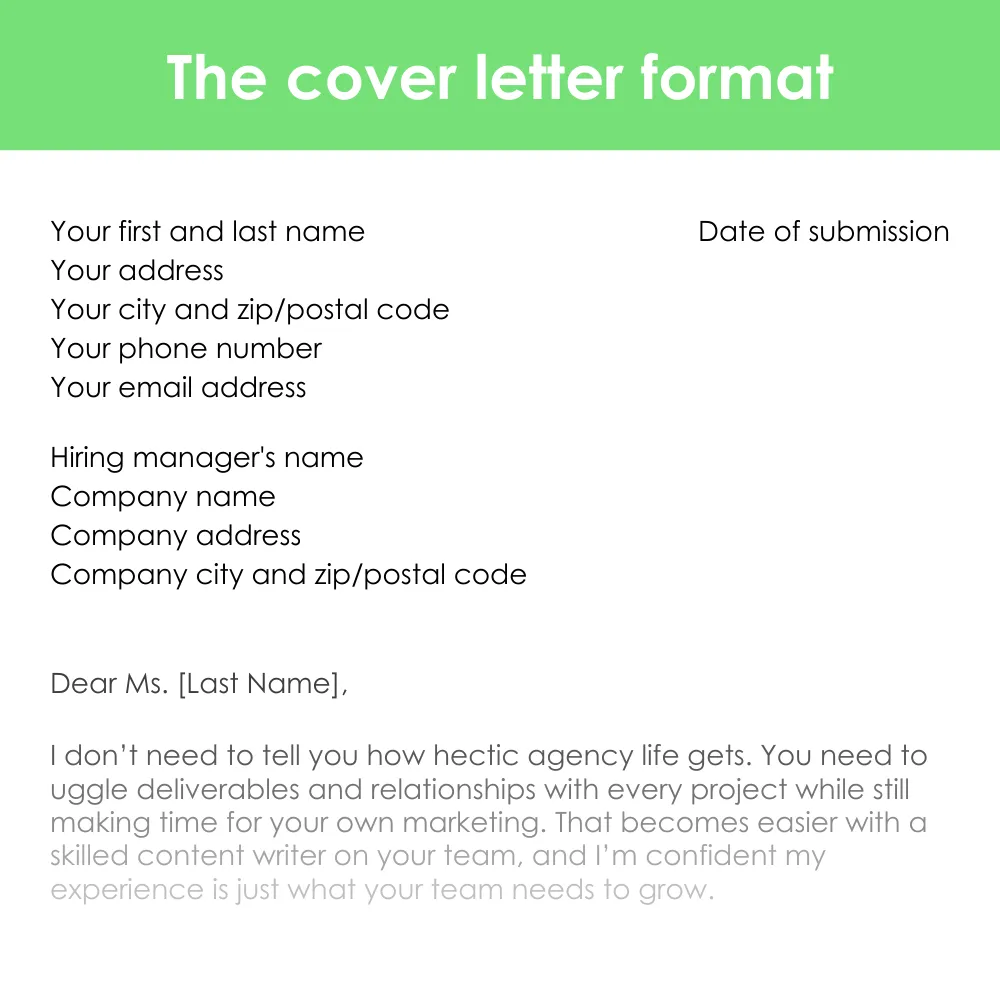
Addressing the hiring manager by name demonstrates that you’ve done your research and taken the time to personalize your application. If possible, find the hiring manager’s name through the job posting, the company website, or LinkedIn. If you can’t find a specific name, use a professional title like ‘Hiring Manager’ or ‘Recruiting Team.’ Include the company’s name and address to complete the recipient’s details. Accurate and properly formatted recipient details show your attention to detail and respect for the company.
Greetings: Addressing the Hiring Manager
The salutation sets the tone for your cover letter. If you know the hiring manager’s name, use ‘Dear [Mr./Ms./Mx. Last Name].’ This personal touch demonstrates respect and attention to detail. If you don’t know the name, use ‘Dear Hiring Manager’ or ‘Dear [Company Name] Recruiting Team.’ Avoid generic greetings like ‘To Whom It May Concern,’ as they can make your letter seem impersonal. Ensure the greeting aligns with the overall tone of your letter and the company culture.
Crafting a Compelling Opening
Your opening paragraph is your hook. It needs to grab the reader’s attention immediately and make them want to read more. Start by stating the position you’re applying for and where you found the job listing. Then, briefly explain why you are a good fit for the role. Consider starting with a strong statement about your skills, a specific achievement, or a brief anecdote that highlights your passion for the field. The goal is to demonstrate your enthusiasm and immediately highlight why you’re a strong candidate.
Grabbing Their Attention Immediately
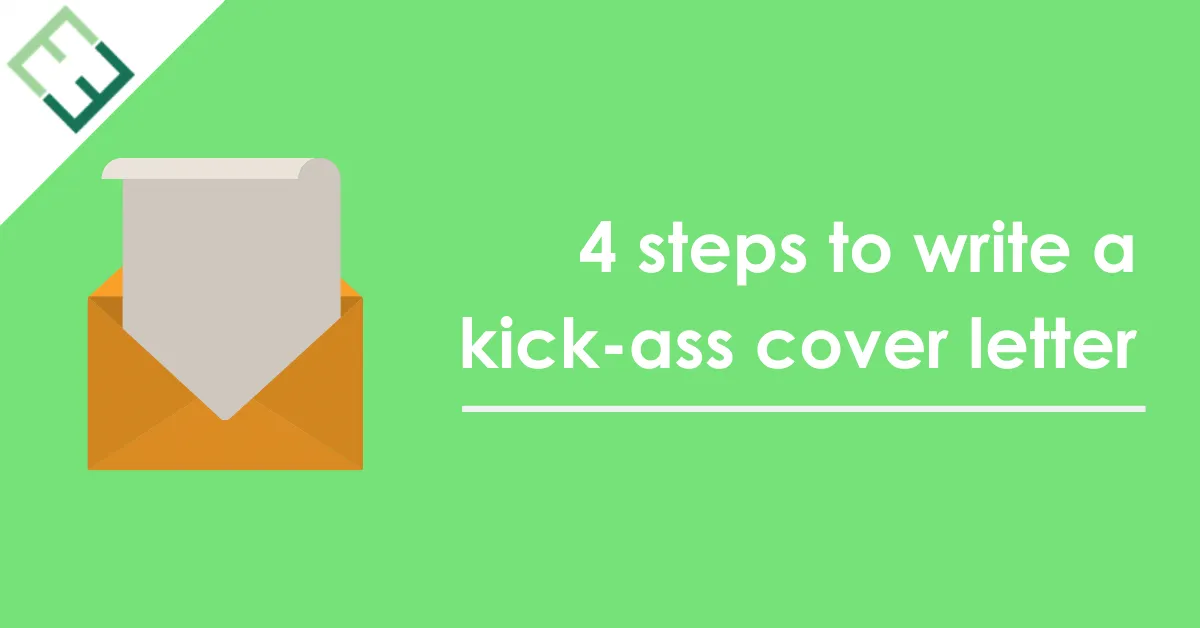
To grab their attention immediately, consider starting with a compelling statement or a brief, relevant anecdote. Highlight a key accomplishment or skill that directly relates to the job requirements. Use action verbs and strong language to convey confidence and enthusiasm. Avoid generic phrases that could apply to any job. Instead, tailor your opening to the specific role and company. Show, don’t just tell, why you are the perfect fit for the position. For example, you could reference a project or achievement that highlights your expertise.
Highlighting Your Key Skills and Experiences
The body of your cover letter should focus on highlighting your key skills and experiences that align with the job requirements. Review the job description carefully and identify the most important skills and qualifications the employer is seeking. Then, provide specific examples of how you have demonstrated those skills in previous roles. Use the STAR method (Situation, Task, Action, Result) to structure your examples, making them clear, concise, and impactful. Show, don’t just tell, by providing concrete evidence of your abilities. This is your chance to connect your experience to the needs of the employer.
Showcasing Relevant Achievements
Showcasing relevant achievements is critical to proving your value. Instead of simply listing your responsibilities, focus on the outcomes you have achieved in previous roles. Use metrics and quantifiable results to demonstrate your impact. For example, instead of saying ‘Managed social media accounts,’ say ‘Increased social media engagement by 40% in six months by implementing a new content strategy.’ Tailor your achievements to match the job description. Highlight the accomplishments most relevant to the position you’re applying for. Provide concrete evidence of your successes to impress the hiring manager.
Quantifying Your Accomplishments
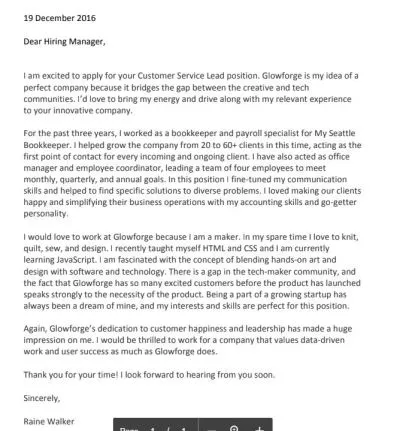
Quantifying your accomplishments adds credibility and impact to your cover letter. Use numbers, percentages, and specific data to demonstrate the results you’ve achieved. For example, instead of saying ‘Improved customer satisfaction,’ say ‘Increased customer satisfaction scores by 25% through proactive customer service initiatives.’ Use metrics to showcase your contributions and highlight the value you brought to previous employers. Numbers provide concrete evidence of your skills and make your achievements more compelling and memorable. Use data to tell a story of your successes.
Demonstrating Your Value Proposition
Demonstrating your value proposition means clearly articulating what you can bring to the company. Explain how your skills and experiences align with the job requirements and the company’s goals. Highlight your unique strengths and how they can benefit the employer. Think about what you can offer that sets you apart from other candidates. Provide a clear and concise overview of your ability to solve problems, achieve goals, and contribute to the company’s success. Focus on how your skills and experiences align with the company’s needs.
Tailoring Your Cover Letter to the Job
Tailoring your cover letter to each job application is essential. Avoid sending generic cover letters. Instead, customize each letter to match the specific requirements of the role and the company. Review the job description carefully and highlight the skills and experiences that align with the position. Research the company and incorporate information about their values, mission, and recent projects. Show that you understand the company’s needs and explain how you can contribute to their success. Customize the language and tone to match the company culture.
Researching the Company and Role
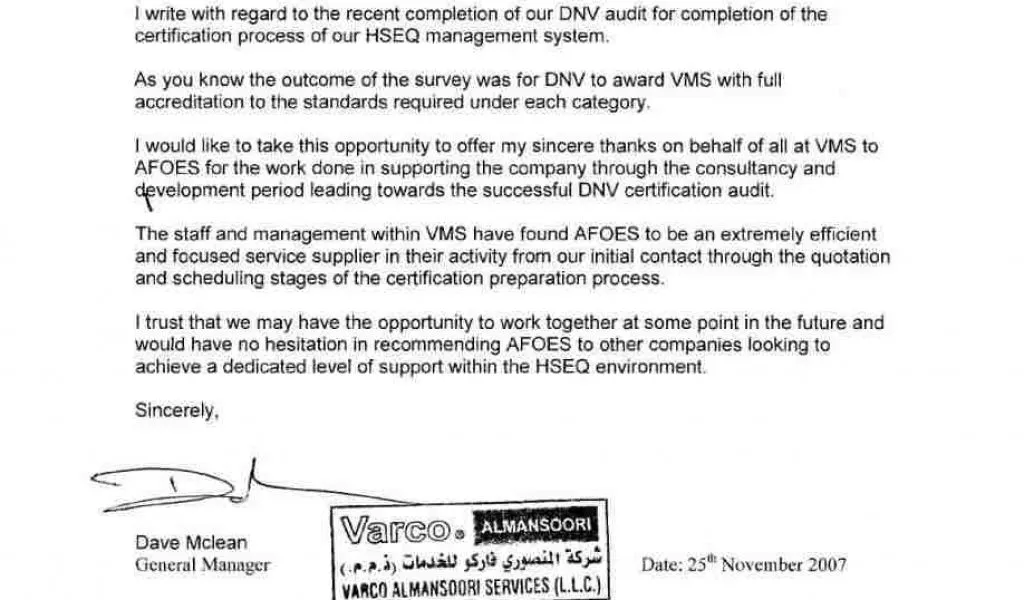
Researching the company and the role demonstrates your interest and initiative. Visit the company’s website, read news articles, and check their social media profiles to learn about their mission, values, and recent projects. Understand the job responsibilities and the skills required. This information will help you tailor your cover letter to the specific needs of the employer. Use keywords from the job description and highlight how your experience aligns with their requirements. Your research will help you show the hiring manager that you understand the company and how you can contribute.
Using Keywords from the Job Description
Using keywords from the job description is a smart way to catch the hiring manager’s attention and show that you’re a good fit. Carefully review the job description and identify the key skills, qualifications, and requirements. Incorporate these keywords naturally into your cover letter, highlighting how your experience aligns with these specific needs. This helps the hiring manager quickly see that you meet the required qualifications. However, don’t simply stuff keywords into your letter; ensure your writing flows naturally and remains easy to read.
Writing a Strong Closing
Your closing paragraph should be memorable and leave a positive impression. Express your enthusiasm for the opportunity and reiterate your interest in the position. Summarize why you are a good fit for the role and the company. This is your final chance to persuade the hiring manager. Keep it concise and to the point. Ensure the closing aligns with the tone of your cover letter and the company’s culture. A strong closing leaves a lasting impression and encourages the hiring manager to take the next step.
Expressing Enthusiasm and Gratitude
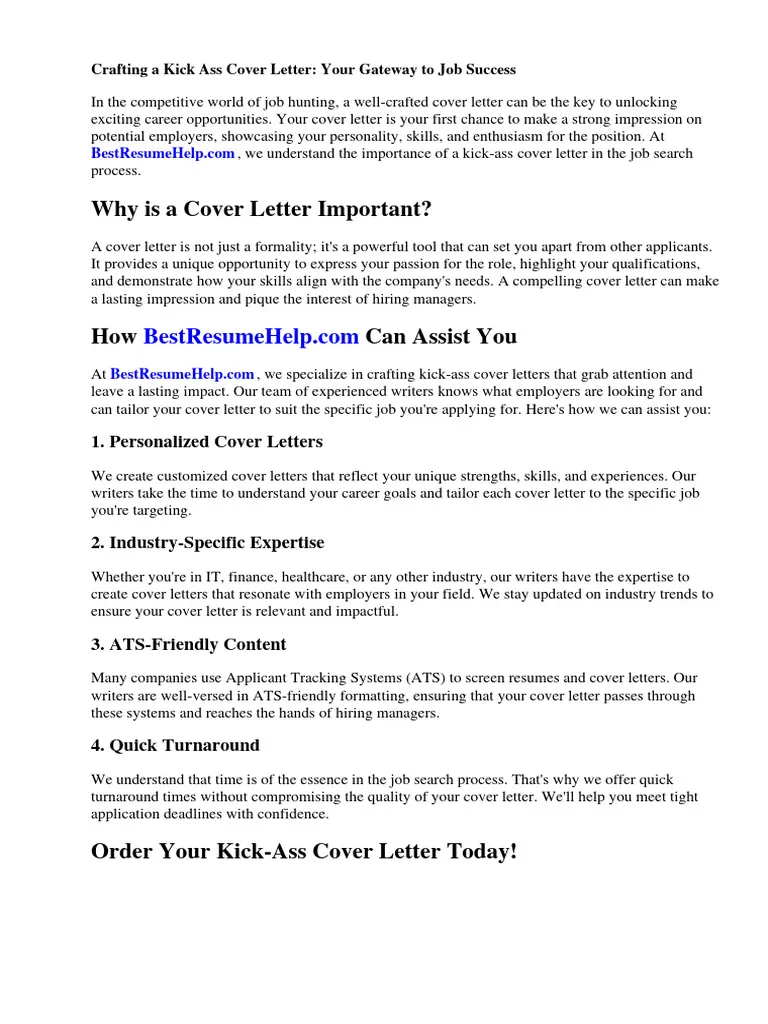
Expressing enthusiasm and gratitude in your closing shows your genuine interest and appreciation for the opportunity. Reiterate your excitement about the role and the company. Thank the hiring manager for their time and consideration. Let them know you are eager to learn more about the position and the company. A sincere expression of gratitude leaves a positive and professional impression. It reinforces your interest and makes you stand out from other candidates.
Call to Action: Encouraging Further Contact
Include a clear call to action in your closing to encourage further contact. Let the hiring manager know you’re available for an interview and how they can reach you. Make it easy for them to take the next step. Provide your phone number and email address again. You might say, ‘I am eager to discuss my qualifications further in an interview. Please feel free to contact me at [phone number] or [email address].’ A clear call to action increases your chances of getting the interview.
Formatting and Proofreading Your Cover Letter
Formatting and proofreading are critical to creating a professional cover letter. Use a clean, easy-to-read font like Arial or Times New Roman. Maintain consistent formatting throughout the document, including margins, spacing, and alignment. Proofread your cover letter carefully for any grammatical errors, typos, or inconsistencies. Ensure your letter is visually appealing and easy to read. A well-formatted and error-free cover letter demonstrates your attention to detail and professionalism.
Formatting Best Practices
Follow these formatting best practices for a polished cover letter. Use a standard font size (11 or 12 points). Maintain 1-inch margins on all sides. Use single spacing within paragraphs and double spacing between paragraphs. Left-align your text and avoid excessive use of bold or italics. Keep the letter concise and focused, ideally within one page. Ensure the formatting is consistent with your resume. These formatting choices enhance readability and contribute to a professional appearance. A well-formatted letter is easy for the hiring manager to review.
Proofreading for Errors
Proofreading your cover letter is the final, crucial step. Check for grammatical errors, spelling mistakes, and punctuation errors. Ensure the formatting is consistent and that the content is clear and concise. Read your cover letter aloud to catch any awkward phrasing. Have someone else review your letter for a fresh perspective. Even small errors can make a negative impression. A polished, error-free cover letter demonstrates your professionalism and attention to detail, which is essential when applying for a job. Proofreading ensures your message is communicated effectively.
In conclusion, mastering the art of writing a cover letter is essential for job search success. By understanding its power, following the essential components, and tailoring your letter to each job, you can significantly increase your chances of landing an interview. Remember to showcase your skills, quantify your accomplishments, and demonstrate your value proposition. Pay close attention to formatting, proofreading, and details. With a well-crafted cover letter, you will make a positive impression and increase your likelihood of securing your dream job.
